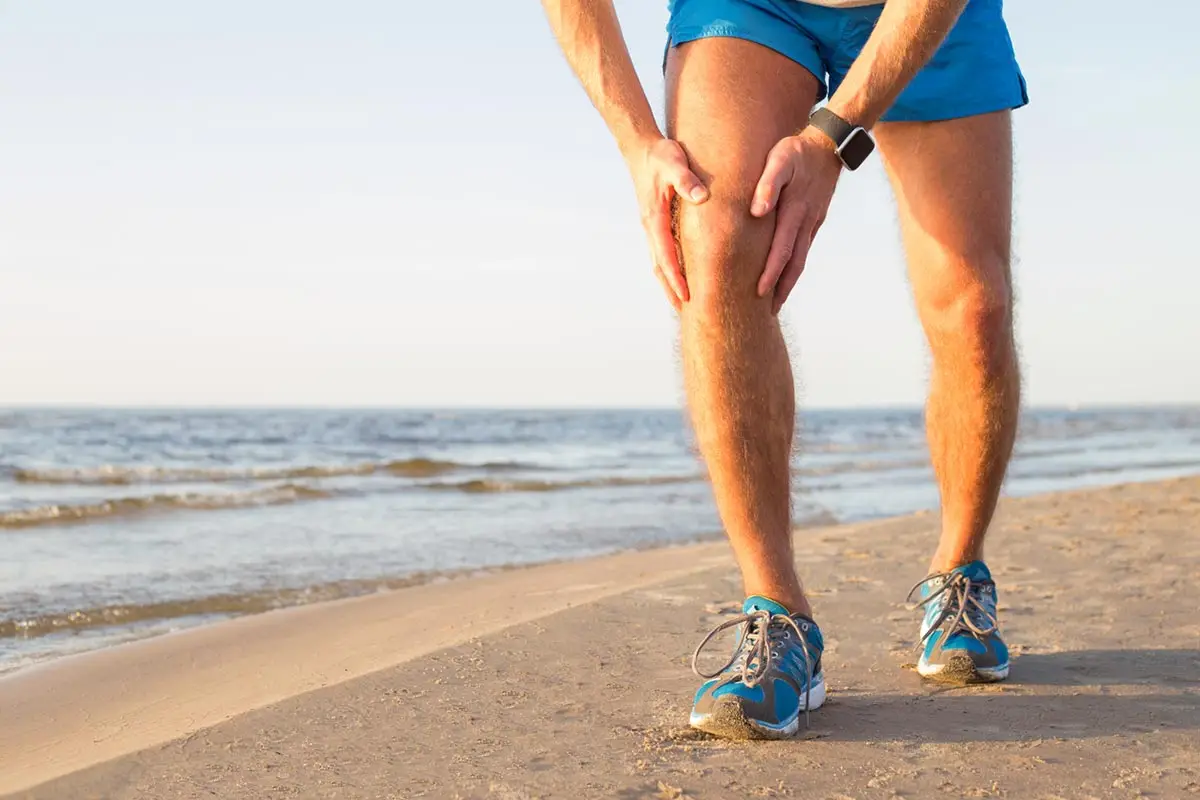| Item | Price | Qty | Total | |
|---|---|---|---|---|
 Loading Cart...
Loading Cart...How does PRP work?

Platelet-Rich Plasma (PRP) is used to trigger an array of regenerative responses - from reducing the appearance of fine lines to healing sports injuries. The therapy has grown in popularity over the last few years, with professional sports celebrities using it to get back into the game more quickly. PRP injections helped Tiger Woods recover from a serious ACL injury he suffered in 2008.
But what’s in PRP that’s responsible for its healing and restorative properties? What exactly happens to your body and tissues when you receive PRP therapy? Let’s find out how PRP actually works.
What is PRP?
PRP is a concentration of platelets prepared from a sample of your blood. The blood platelets (thrombocytes) are designed to clot blood and hold many bioactive proteins.
The higher the platelet count in PRP means a higher growth factor count. While there are many proteins in platelets, growth factors are central to wound healing and tissue regeneration.
How is PRP prepared?
PRP is centrifuged (spun) in a machine to separate the plasma and platelets from the rest of the blood.
Specifically, the sample is split into three blood components:
- Platelet Poor Plasma
- Red Blood Cells
- Platelet-Rich Plasma (PRP)
Centrifuging activates platelets to release the growth factors.
What happens after PRP is injected into the injured area?
When the PRP is injected into your body, growth factors and other bioactive proteins go to work.
Growth factors latch onto cell receptors for numerous effects, such as tissue repair and growth in cell number (cell proliferation). There are many types of growth factors in PRP, each with different effects. For example, platelet-derived growth factors help form muscle cells, while vascular endothelial growth factors play a role in the formation of new blood vessels (angiogenesis).
The injections can also cause mild inflammation, which starts the healing process.
If you’re using PRP for aesthetic purposes—like removing fine lines—the inflammation eventually leads to new collagen tissue that, as it finishes growing, plumps the skin.
PRP can also affect stem cells in hair follicles to address hair loss.


